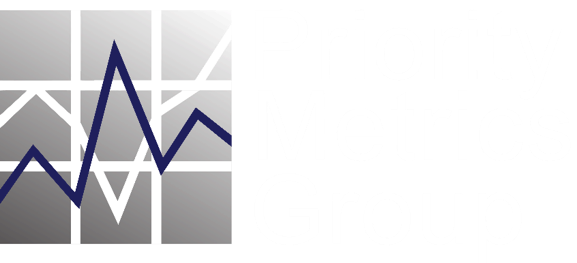
If Customer Satisfaction is the Goal, You are Already Losing the Race
In today’s competitive environment, B2B customer satisfaction is a fairly common measure for almost all companies. In many instances, it is not only measured but also included as an element of compensation for leaders within the functional areas that “touch” the customer. These areas often include departmental managers associated with sales, customer service, logistics, product quality, product service, and other groups that may affect the satisfaction of customers.
Although I don’t want to diminish the benefits of those companies measuring and driving customer satisfaction, it may not be enough to achieve continuous growth. Improving your customer satisfaction rating from 6.2 to 6.6 is a great accomplishment, but will it lead to growth? This question cannot be answered without one additional piece of critical information; how does your performance on the critical areas that drive customer satisfaction compare to the competition?
Outperforming competition on the product and service attributes that are most important to your customers will sustainable growth through (1) increased “share of wallet,” (2) improved customer retention (loyalty), and (3) increased market share through referrals.
To illustrate this concept, let’s look at the Alpha Company. Over the past 5 years, Alpha Company has experienced consistent year-over-year improvement in their customer satisfaction ratings, beginning the stretch with a 5.15 average overall rating (based on a 7 point scale), and ending this past year with a 5.6 average overall rating. On the surface, Alpha Company should be happy with their customer satisfaction results and feel confident about future growth.
However, if you look at their performance relative to the competition, the story is not as optimistic. Figure 1 shows the performance of Alpha Company versus a major competitor (Beta Company) on specific attributes that drive customer satisfaction. The attributes are arranged based on their overall importance in driving customer satisfaction (the most important at the top and the least important at the bottom). Red bars represent the attributes where Alpha’s performance is inferior to Beta’s, while blue bars represent areas where Alpha is superior. The length of each bar depicts the magnitude of the performance gap. Reviewing the top 10 drivers of satisfaction listed in order of importance (above the horizontal dotted line), 5 are rated behind the competition, 2 are essentially equal to competition, and only 3 are ahead of the competition. So, even with a five-year pattern of improved overall customer satisfaction ratings, Alpha lags behind the competition in a majority of critical areas.
Measuring and improving overall customer satisfaction ratings is no longer enough. Running a personal best will not guarantee you will win the race. Companies must also measure, understand, and work to improve their competitive position.
If your organization consistently outperforms the competition on those critical attributes that truly matter to the customer, your company will experience improved customer retention, increased “share of wallet,” and grow market share through referrals.

